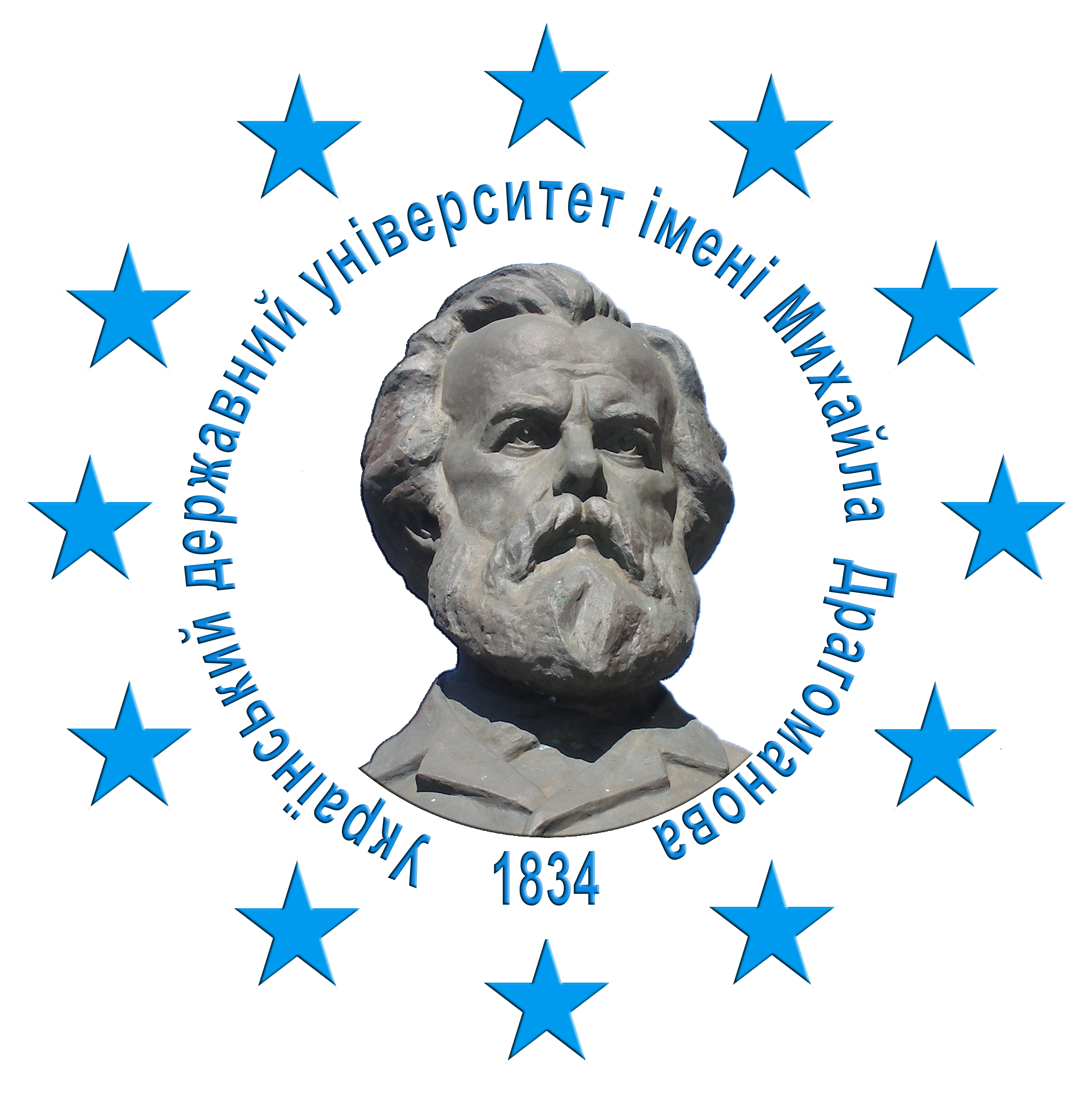SEMIOTIC ASPECTS OF THE SUCCESSION OF THE THEATER AND DECORATIVE ART OF THE TRANSCARPATHIA IN XXI CENTURY
DOI:
https://doi.org/10.31392/cult.alm.2023.1.23Keywords:
semiotics, theatrical semiotics, non-verbal semiotics, signs, theatrical culture, theatrical and decorative art, TranscarpathiaAbstract
The purpose of the article is the investigation of semiotics of theatrical and decorative art of Transcarpathia in XXI century. Its aesthetic function is analyzed, semiotic aspects are revealed in the performances of the Transcarpathian theater. The relevance of those studies is related to the lack of development of the Transcarpathian theatrical and decorative art, which is significant for the development of cultural processes in the period of the XX–XXI centuries. The following is necessary for a deep understanding of the whole picture of the cultural life of Transcarpathia. The methodology followed by the development of the historical and cultural method and the semiotic analysis of ideas, as one of the effective and cultural ways of getting to know the creations of theatrical and decorative art. Scientific novelty. In the article, it was first proposed to try to look at a wide range of culturological sources that deal with the non-verbal semiotics of theatrical and decorative art. The semiotic aspects of the theatrical and decorative art of Transcarpathia are analyzed in a report. Conclusion. The legacy of theatrical-decorative art on the aphids of semiotics is developing more and more every day, which is why the decorative art can become an independent type of art, which will require deep and demanding research. Prospects for further research include the selection and analysis of the semiotics of the Transcarpathian theater and the role of signs in the context of national cultural traditions in theatrical and decorative art of the region.
References
Барт Р. (2014). О театре. Ad Marginem press. 176 с.
Богатирёв П. (1975). Знаки в театральном искусстве. Ученые записки ТГУ. Труды по знаковым системам. Т. VII. Тарту : ТГУ. С. 6–25.
Гете Й. (1960). Правило для акторів. Вибрані твори. Берлін. С. 83. URL: http://www.zeno.org/Literatur/M/Goethe,+Johann+Wolfgang/Theoretische+Schriften/Regeln+f%C3%BCr+Schauspieler (дата звернення: 09.01.2023).
Евреинов Н. (2003). К вопросу о пределах театральной иллюзии. Театр как таковой. Одесса : Студия «Негоциант». 192 с.
Зайцев О. (2017). Художник театру Емма Зайцева. Ужгород : ПП Аутдор-Шарк. 144 с.
Кнабе Г. (2005). Семиотика культуры. Москва, РГТУ. 65 с.
Ковзан Т. (2013). Знак у театрі. Театр: історія, теорія, практика. Львів : Вид. центр ЛНУ. С. 121–155.
Лотман Ю. (1993). Семиотека сцены. Избранные статьи. Таллинн : Александра. Т. III. 544 с.
Моррис Ч. (1982). Основания теории знаков. Семиотика. Москва : Радуга. С. 37–89.
Паві П. (2006). Словник театру / пер. з фран. М. Якубяк. Львів : Вид. центр ЛНУ ім. І. Франка. 640 с.
Сабадаш Ю. (2012). Умберто Еко – гуманізм культуротворчих ідей. Київ : НАКККІМ. 214 с.
Сірко Ф. (2006). Не давала, не давала, та й дала (про виставу «Лізістрата» на сцені Мукачівського драматичного театру). Газета «Новини Закарпаття». 15 квітня.
Словник термінів. (2013). Театр: історія, теорія, практика. Львів : Вид. центр ЛНУ ім. І. Франка. С. 201–203.
Успенський Б. (1996). Семиотика истории. Семиотика культуры. Москва. Т. І. 606 с.








